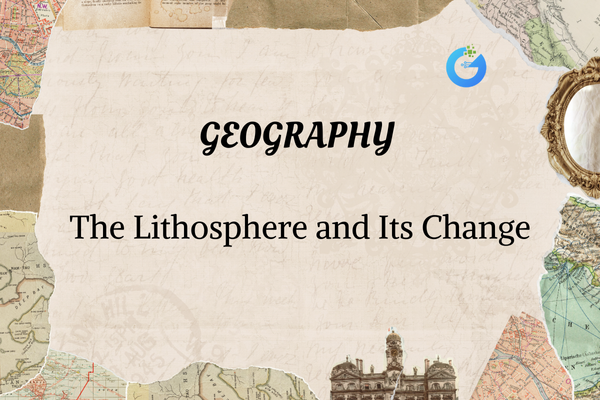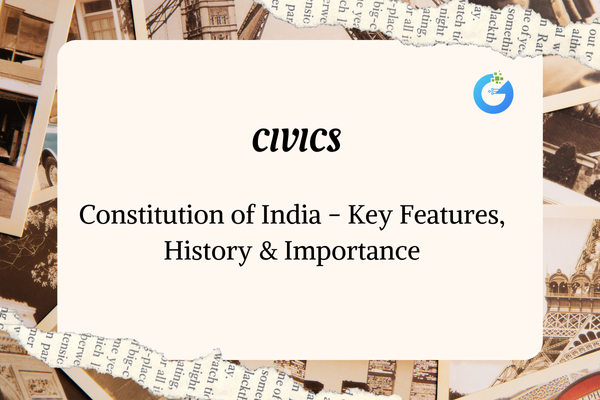Introduction
Imagine choosing a class monitor who will speak for all students and help the teacher understand what the class needs. In the same way, citizens of a country choose leaders through elections. These leaders represent the people and make decisions on their behalf. Political parties are like teams of people who share similar ideas and want to run the government. Elections and political parties together form the heart of a working democracy. Without them, there would be no way for ordinary people to have a say in how the country is run.
expert-led Civics classes – visit our website to learn more
What Are Elections?
Elections are a formal method by which citizens choose their leaders. In India, elections take place at three levels: local (like village panchayats or city municipalities), state (choosing MLAs), and national (choosing Members of Parliament). These are held at regular intervals so people can re-elect or replace leaders.
Every Indian citizen who is 18 years or older has the right to vote—this is called universal adult suffrage. The voting process is confidential, done using secret ballots or Electronic Voting Machines (EVMs).
This system helps keep leaders accountable. If people are unhappy with a leader’s work, they can vote for someone else next time. This peaceful transfer of power is what keeps democracy healthy.
What Are Political Parties?
Political parties are organized groups of people who share similar views about how the country should be run. These parties play a key role in elections, as they propose candidates and present a manifesto—a list of promises and plans for the public.
In India, there are two main kinds of parties:
- National Parties: Active across the entire country.
- Regional Parties: Focus on specific states or regions.
Each party has its own symbol, flag, and slogan to help voters recognize them easily. During elections, parties campaign through speeches, posters, rallies, and even social media. Voters often choose the party whose ideas they believe will benefit the nation or their community the most.
Why Do We Need Elections and Parties?
Imagine trying to choose a leader from a crowd of thousands without any organized system. That’s where elections and political parties come in. They provide structure, order, and a way for citizens to express their opinions.
Political parties bring choices, while elections bring voices. Citizens can align with the party that reflects their hopes, problems, or aspirations. Elections also prevent misuse of power by making leaders answerable to the public.
Without this system, governance would become unfair and disconnected from the people’s needs. Elections and parties together make democracy work in a practical and meaningful way.
When Are Elections Held?
In India, General Elections are held every five years to elect Members of Parliament (MPs) who form the Central Government. Each state also holds elections every five years to elect Members of Legislative Assembly (MLAs). These elections decide who governs at both national and state levels.
Apart from these, local body elections are held for choosing members of Panchayats, Municipal Corporations, and other local governing bodies.
If an elected seat becomes vacant (due to death or resignation), a by-election is held to fill that specific vacancy.
Where Do Elections Happen?
Elections are held all across India, from the hills of Himachal to the backwaters of Kerala, from remote tribal areas to large metro cities. To make this possible, the Election Commission of India sets up thousands of polling booths—in schools, colleges, community halls, and other public places.
Every eligible citizen, no matter where they live, should find it easy and safe to cast their vote. That’s why some booths are even set up in forests, deserts, or mountains!
How Does the Election Process Work?
The election process is like a step-by-step journey:
- Political parties select and announce their candidates.
- Candidates file their nomination papers.
- The campaign begins—rallies, posters, slogans, social media, and debates flood the streets and screens.
- On voting day, citizens go to polling booths and vote using EVMs or ballots.
- Votes are counted, and the candidate with the most votes wins!
This method ensures everyone’s vote carries equal weight and the entire process remains fair and transparent.
Core Concepts Table:
| Elections | Political Parties |
| Citizens vote to choose leaders | Groups of people with similar ideas |
| Held regularly (every 5 years) | Can be national or regional |
| Organized by Election Commission | Create manifestos and campaign |
| Use secret ballots or EVMs | Compete in elections to form government |
FAQ:
Q1: Who can vote in India?
Any Indian citizen who is 18 years or older.
Q2: What is a manifesto?
A list of promises and plans made by a political party for the people.
Q3: Can independent candidates also stand for election?
Yes! Individuals can contest elections even without joining any political party.
Fun Facts:
- India is the largest democracy in the world with over 900 million eligible voters!
- The Election Commission uses special indelible ink to mark fingers after voting.
- The first General Election in India was held in 1951–52.
- Some polling booths are set up in jungles, mountains, and deserts to ensure every voter can participate.
Conclusion
Elections and political parties are key parts of a democratic system like India. They allow people to choose their leaders, express their views, and help shape the country’s future. Through elections, every citizen becomes a part of the decision-making process. Political parties present ideas and plans, and elections give people the power to decide who should lead.
By understanding this process, we learn to become active and responsible citizens who participate with pride in the democratic journey.








